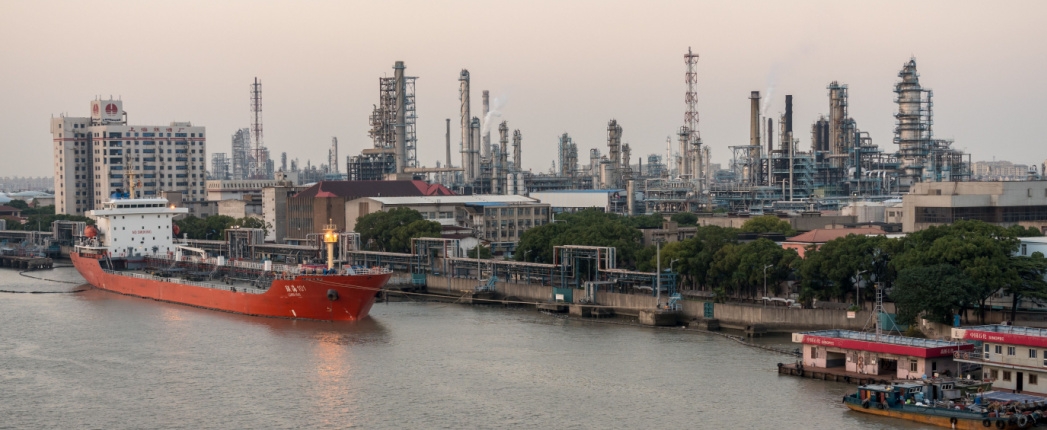
SHANGHAI – Base oil imports to China, which are mainly API Group III base oils and high-viscosity Group II, dropped 16% to 1.8 million metric tons in 2022, and there is little to suggest that imports will recover this year according to speakers at a recent conference organized here by Enmore Infotech.
“The significant drop in 2022 imports is in line with our data on China’s plummeted consumption in base oils and lubes,” Whitney Shi, a Shanghai-based analyst at ICIS, told the China International Lubricating Oil Market and Technology Conference March 28.
Due to strict COVID-related restrictions that induced a weak economy, base oil consumption dropped to about 6 million tons in 2022, down 14% from 2021, according to ICIS. Lube consumption decreased to less than 7 million tons, a five-year low, affecting both Chinese and foreign lube companies. China dropped all coronavirus restrictions in December.
“Although China no longer imposes COVID-related restrictions, we don’t see demand coming back any time soon this year,” Shi said. She added that China’s base oil imports in the first two months in 2023 were growing compared to December, but still lagged behind the same period a year ago.
But economic turmoil is not the only reason for less base oil imports. China has long been a major Group III base oil destination for many global suppliers, including South Korea’s SK Enmove and S-Oil, as the country lacked domestic suppliers. However, things changed during the past several years, as China started to churn out Group III oils produced by domestic companies such as state-owned coal company Lu’an Chemical Group, which has a coal-to-liquids facility with Group III production capacity of 350,000 t/y.
“Lu’an’s [Group III] base oils are very competitive, with high quality and appealing price tags,” industry guru Zhang Chenhui said. “The company quickly attracted many Chinese lube blenders.” On average, Lu’an’s base oil is about ¥1,000 ($145.60) to ¥2,000 per ton cheaper than imported counterparts, he added.
But both Zhang and Shi said less China imports were not likely to be a concern for foreign base oil suppliers. “Group III oils are in short supply globally,” Shi said.
SK and GS Caltex – another South Korean refiner and base oil exporter – did not respond to interview requests.
While China is buying less imported base oils, some of its major refiners are eyeing opportunities to export more base oil to foreign markets. Sinopec, for example, is a major Group II base oil exporter in China, accounting for about 90% of China’s total base oil exports of 140,000 tons in 2022. In 2023, the company aims to sell 150,000 tons of base oils outside China, said Yu Hongtao, a manager from the purchasing department at Sinopec’s lube business.
“With years of experiences in base oil trading, Sinopec has many resources outside China,” he said. “We want to find best ways to work with Chinese refiners to sell more base oils overseas.” Sinopec estimates the demand from Southeast Asian countries could be around 1 million tons a year.
Private refiners now account for half of China’s total base oil output, but they sell very little overseas, as they do not qualify for export tax refunds available to state-owned companies.
Aggressive expansions in the past decade moved China’s base oil production capacity ahead of the United States to the number one ranking in the world, with capacity of more than 14 million tons per year, according to Lubes’n’Greases data. The largest portion of that capacity is low-viscosity Group II. Sinopec’s Yu said that helping refiners sell base oils outside China could also reduce idle capacity. In 2022, about 60% of China’s Group II capacity went idle.